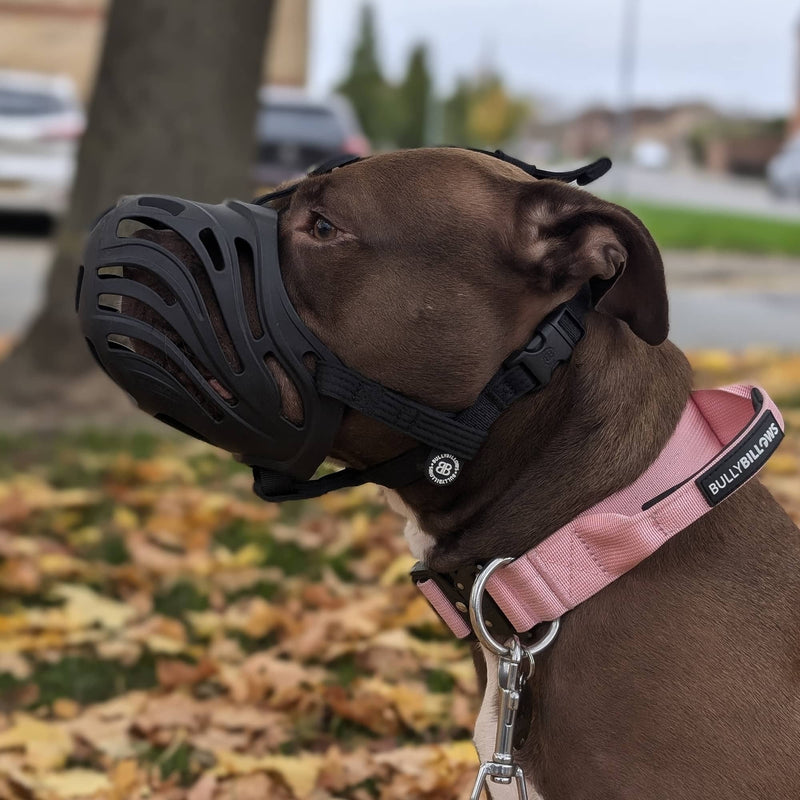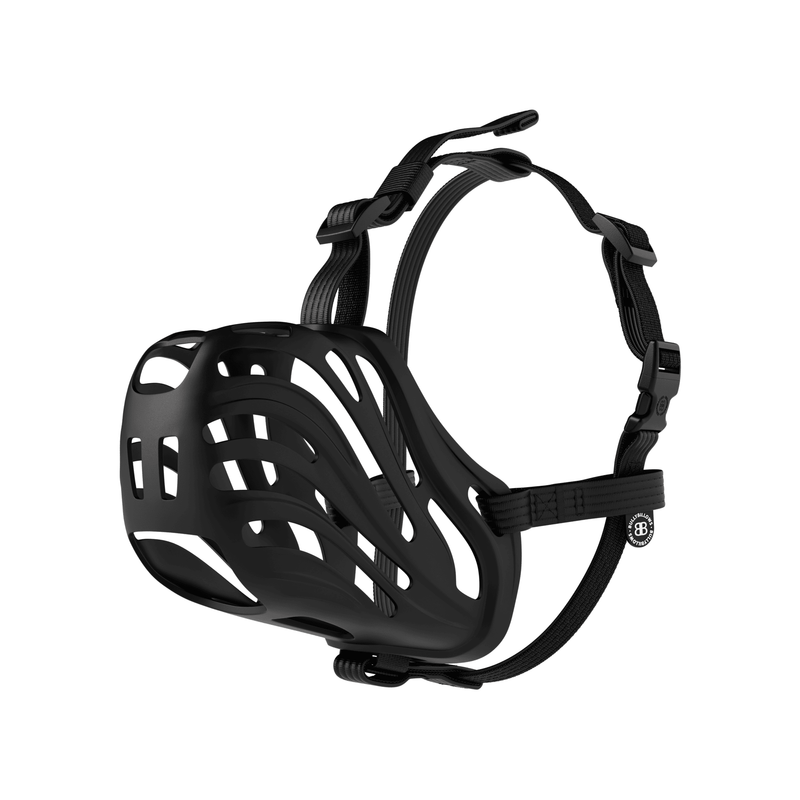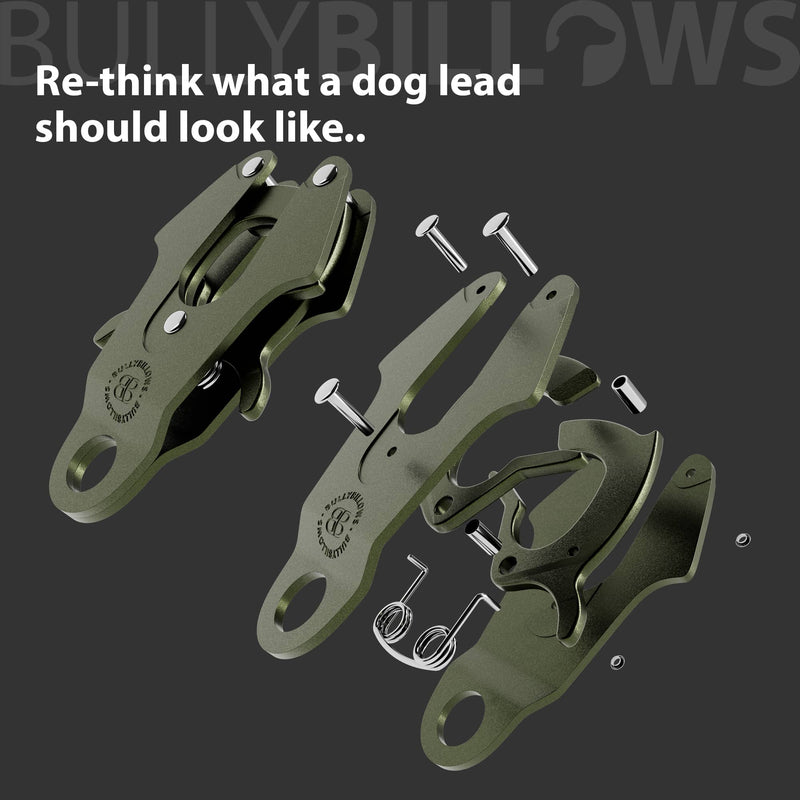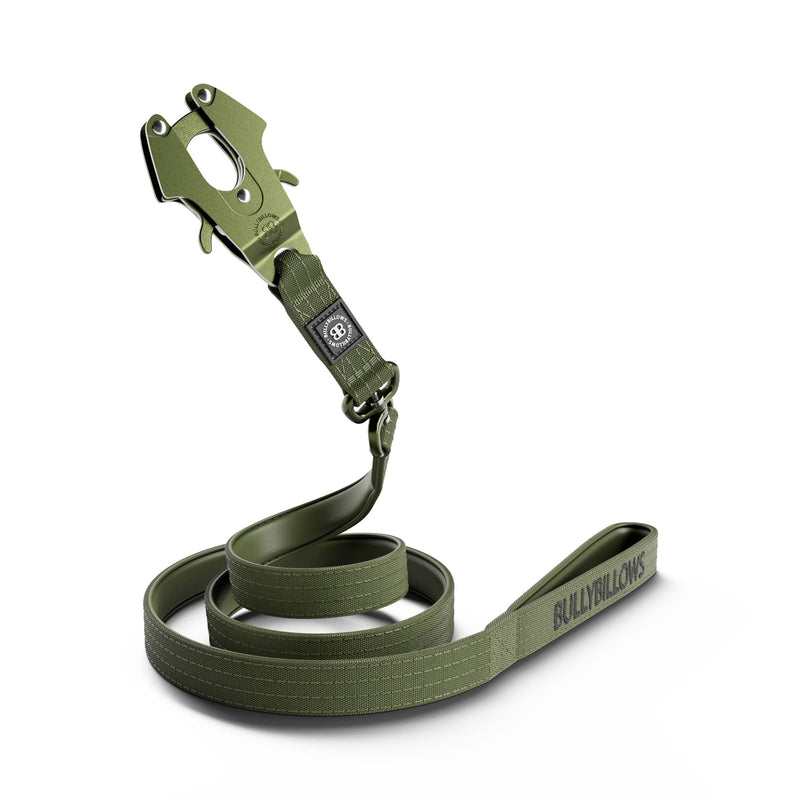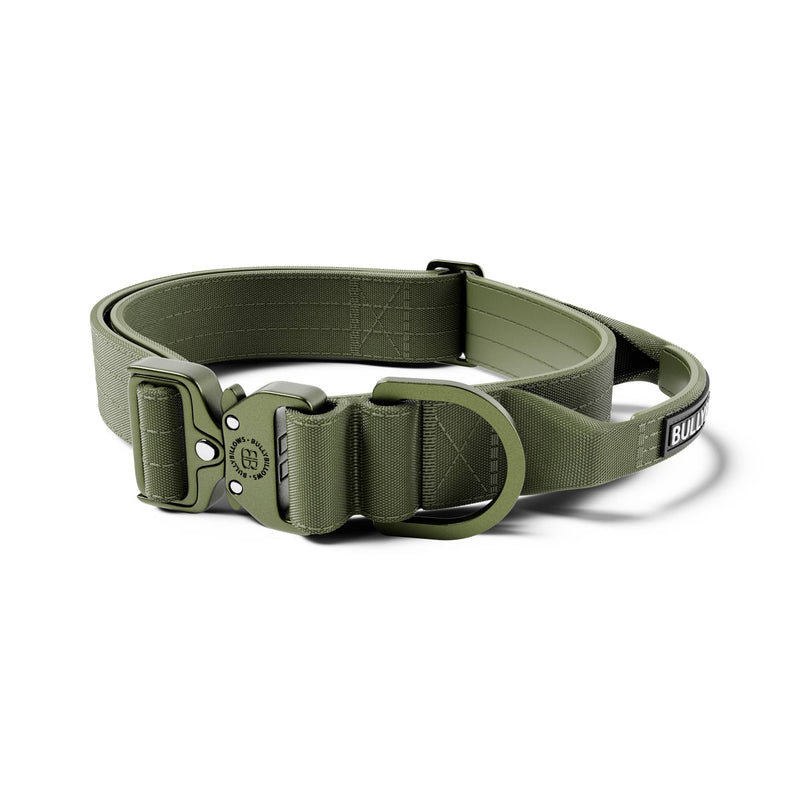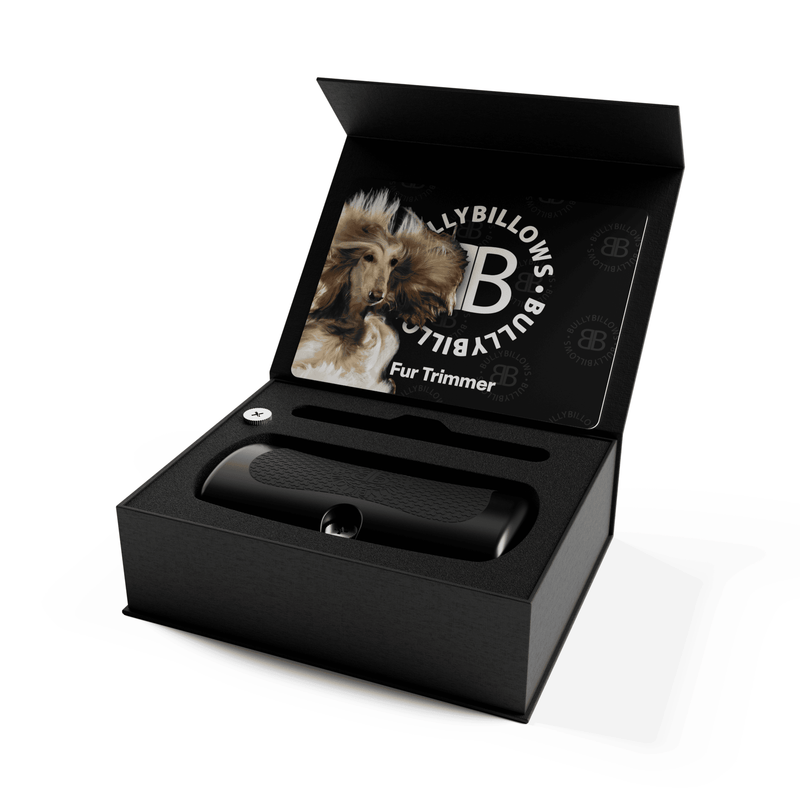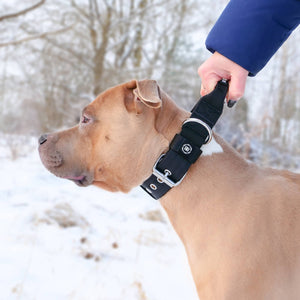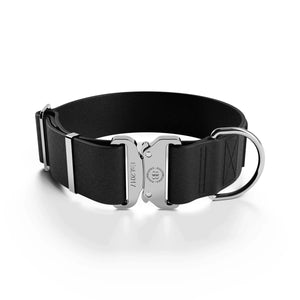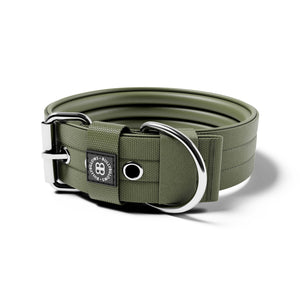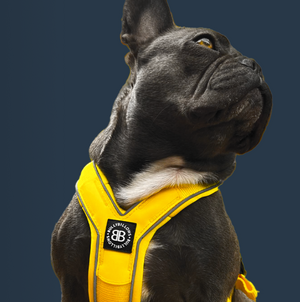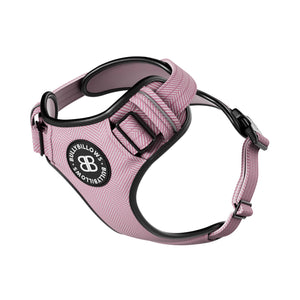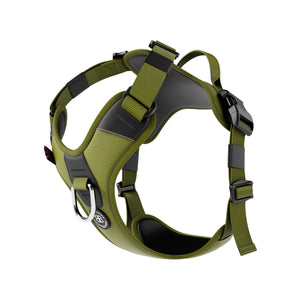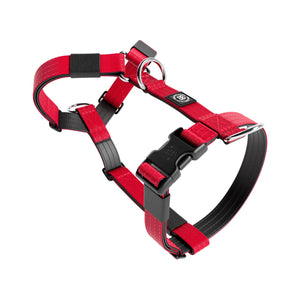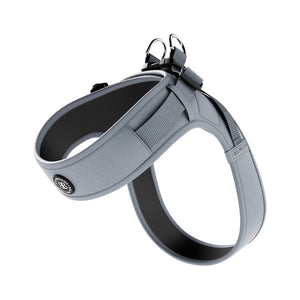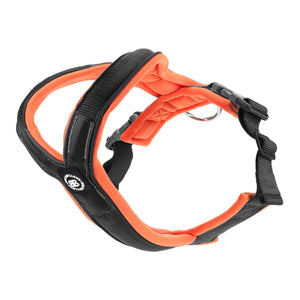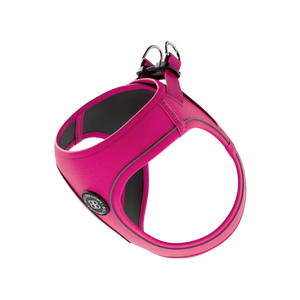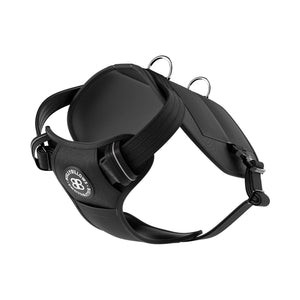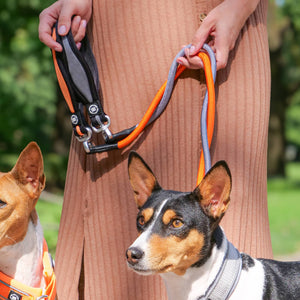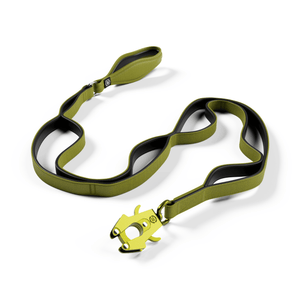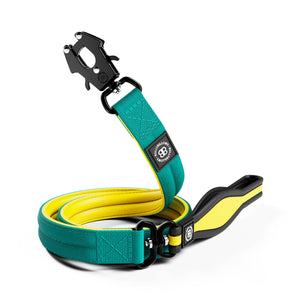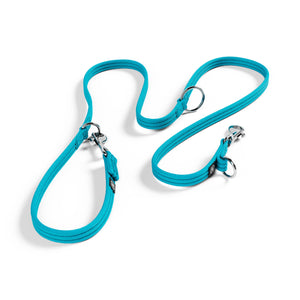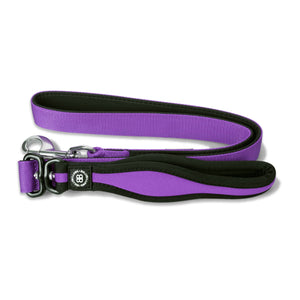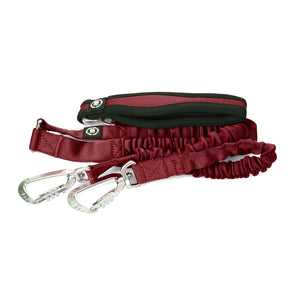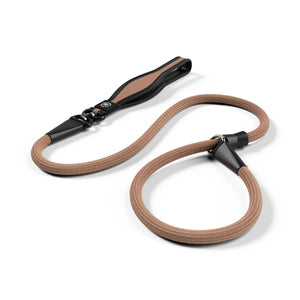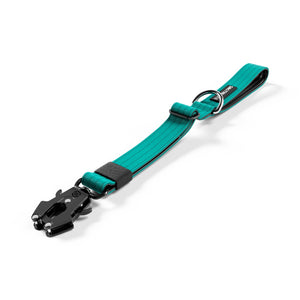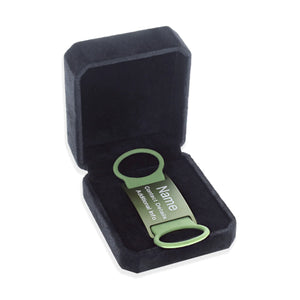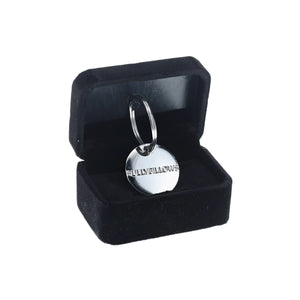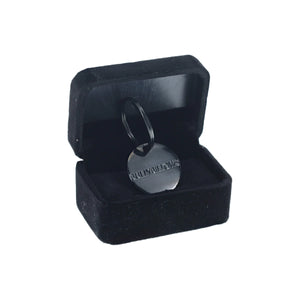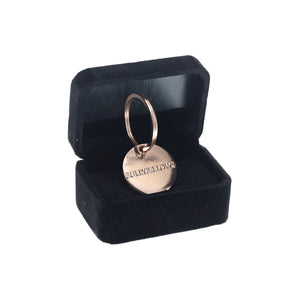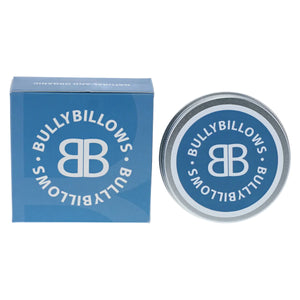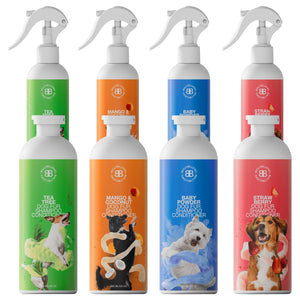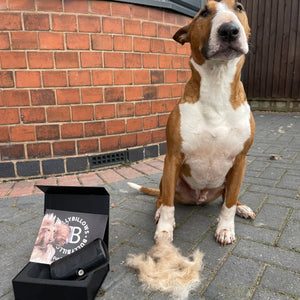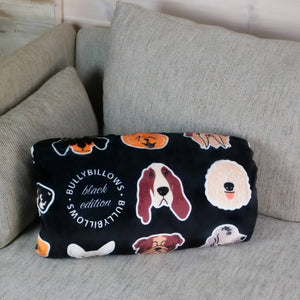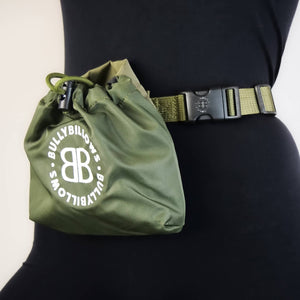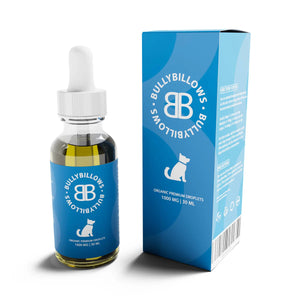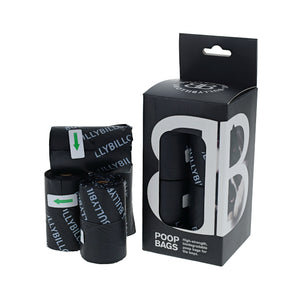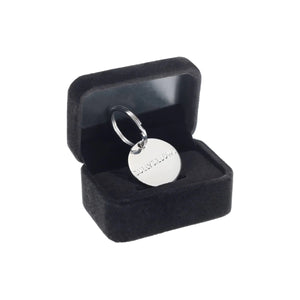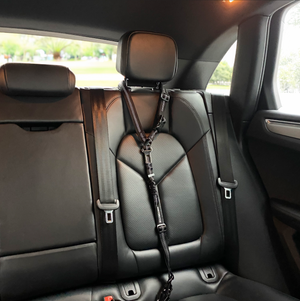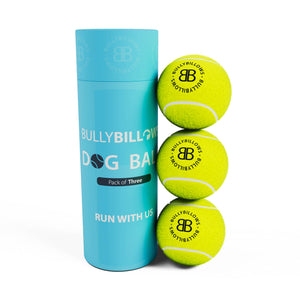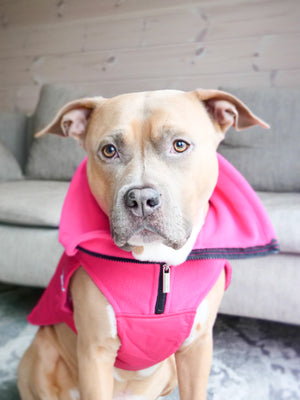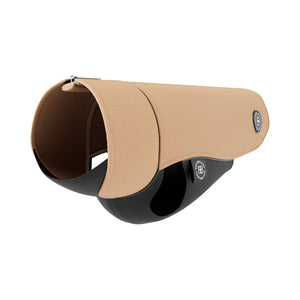
Your dog may be well-behaved at all times, but there come some surprising instances when they become hyperactive.
Dogs are quite curious by nature - they tend to scrutinize everything around them. No matter if your dog is somewhat lazy or highly disciplined due to your training module, sometimes, they might get out of control.
Further, it is seen that when canines explore outdoors, they get less responsive to commands. As a pet parent, you must keep things under your control as it is not just a matter of safety of your pet, but of yours and others as well. To ensure the general safety of all, a dog training collar is crucial.
From casual daily walking to basic or advanced training, there are different types of collars to fit your needs. Today, we are discussing the most commonly-chosen dog collars that are ideal to keep your furry friend safe and identifiable. Let’s get started.
Common Types of Dog Collars
As we said, you will see a variety of dog collars available in the market to serve various purposes. It could be walking, training, protection, restraint, identification, or even for fashion or medicinal purposes. Being one of the common and valuable accessories, dog collars are even available in stylish designs and patterns.
You must consider some safety factors while choosing a dog training collar. It must suit your fancy and your fur baby to avoid discomfort and abrasion. Let’s have a look at some common types of dog collars for your cute canine.
Regular wear collar
Regular collars are the most commonly used collars. These are easily available at any pet store or veterinary clinic in various styles, materials and colours. You can pick one that suits your style.
A regular collar has some basic features such as metal buckles and quick-release clasps. Quick-release clasps are less sturdy and perfect for strong dogs. Rolled leather collars are strong and cause less to no hair loss or parting. Moreover, these are affordable of all collars; however, the pricing may vary depending on materials and manufacturing companies.
Smart collar
Smart collars are the most high-tech collars. It comes with various advanced features such as GPS for dog tracking, monitor for behavioural changes, and dog training assistance. Most smart collars are compatible with smartphone apps, are waterproof, have wifi support, and can also track dog’s activity, and health status.
Head halter
Head halter collar is highly advisable for the dog owners whose dogs are generally strong and frequently get out of control. The best thing about this collar is it controls the skull of the dog instead of the neck.
It restrains the dog from using their strength. You can also close the mouth when required otherwise it keeps released.
Prong collars
Prong collars are the most controversial of all, because of its intimidating and harsh look. However, despite its appearance, many trainers choose these collars over others for their strong, aggressive, and hyperactive dogs.
The prong metal collar has the potential to pull the leash. These collars are also known as pinch collars and are for the purpose to train your canines. It is almost similar to the martingale collar except for the fact that the part of the collar goes around the neck includes prongs, when this part gets pulled the prongs poke the dog, sometimes also stimulating a prick.
However, misuse of metal prong collars can be seen in dog fights, the prongs left open while fighting that cause needle-like pain.
Chain slip collars
Chain slip collars work on an interesting concept that it gets tightened when either the dogs or owner or both pull at their end and get released when any of them release the pressure. Chain slip collars are widely used for basic training, obedience purposes, and in show rings. While training to make any act correct the trainer pulls the tug slightly that makes it close by slightly on the dog’s neck.
It is recommended for the use of only expert trainers as it has a high risk for strangulation.
Harness
Harnesses are the specially structured dog training collar. A harness is placed all around from the chest, abdomen, and crossing over the back of the dog, this setting is attached with a leash. As harness puts no pressure on the neck of the canine it is preferred greatly over the usual collars.
Breakaway collar
Break-away collars are daily purpose collars and are safely designed to prevent choking. Break-away collars serve the purpose of walking on a leash just like usual collars. When the dog hangs on to something and tries to pull away, the collar will break apart. Securing the leash safely onto both loops, a dog can walk safely without damaging the collar.
Martingale
Martingale is a hybrid type dog collar also known as greyhound collars or limited-slip collars. It is named so because it is specially designed for Greyhounds, Whippets, and other slim neck dogs to prevent the heads of such dogs from slipping out.
Most of the martingale collar is made up of leather or nylon. Its top has three metal rings to form two loops, one of which controls the dog's neck and the other one tightens when required.
Flat collar
Flat collars are most comfortable for dogs to wear and also widely available. It is made up of materials like nylon, leather, and cloth. It is apt to tie dogs for a small duration as dogs are less likely to hurt themselves by any chance. Dog owners should avoid making their dog wear this collar for a long duration as it can potentially cause rashes on their skin and can also get indifferent to stay in control with a flat collar.
These are some of the common types of dog training collars that are mostly used. However, you will see an endless variety, but it is recommended to choose one that suits your dog breed and temperament.
If you are looking for some of the best dog collars for your pooch, consider checking Bully Billows. Here you will see the best dog collars that are stylish, durable, and suit your purpose.
Browse through our robust designs that suit almost all dog breeds - buy dog collars online here.

